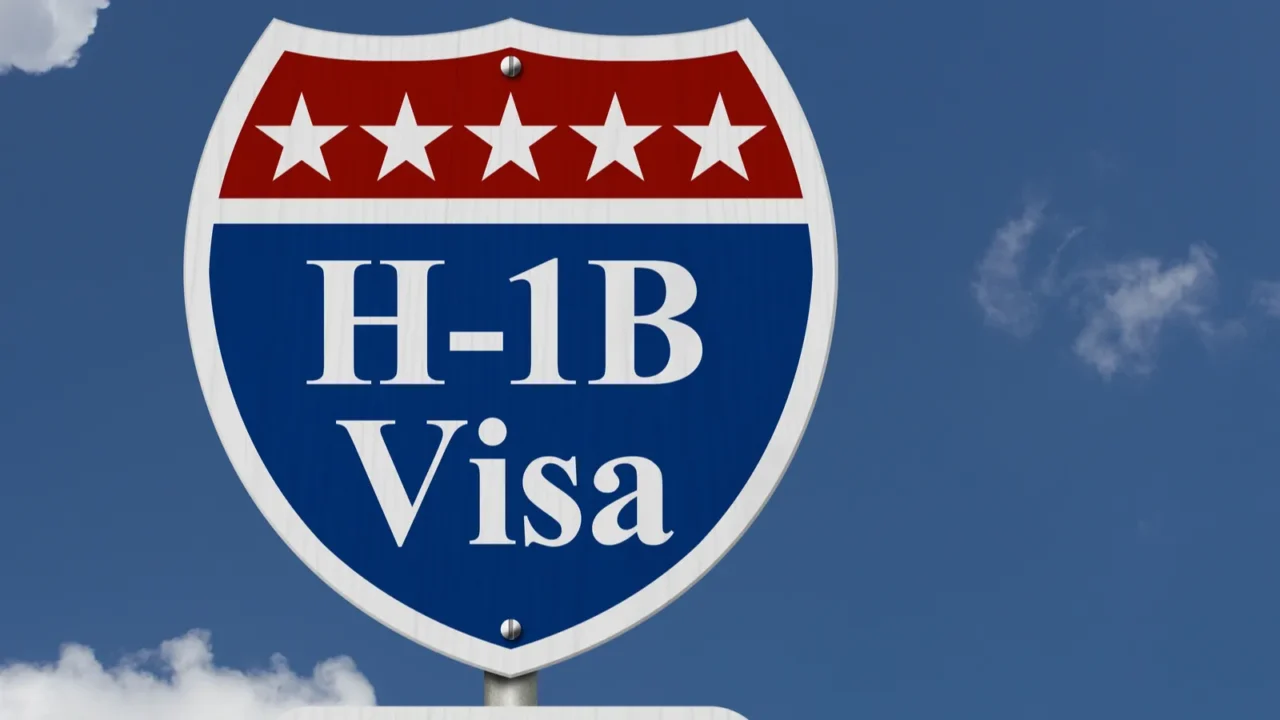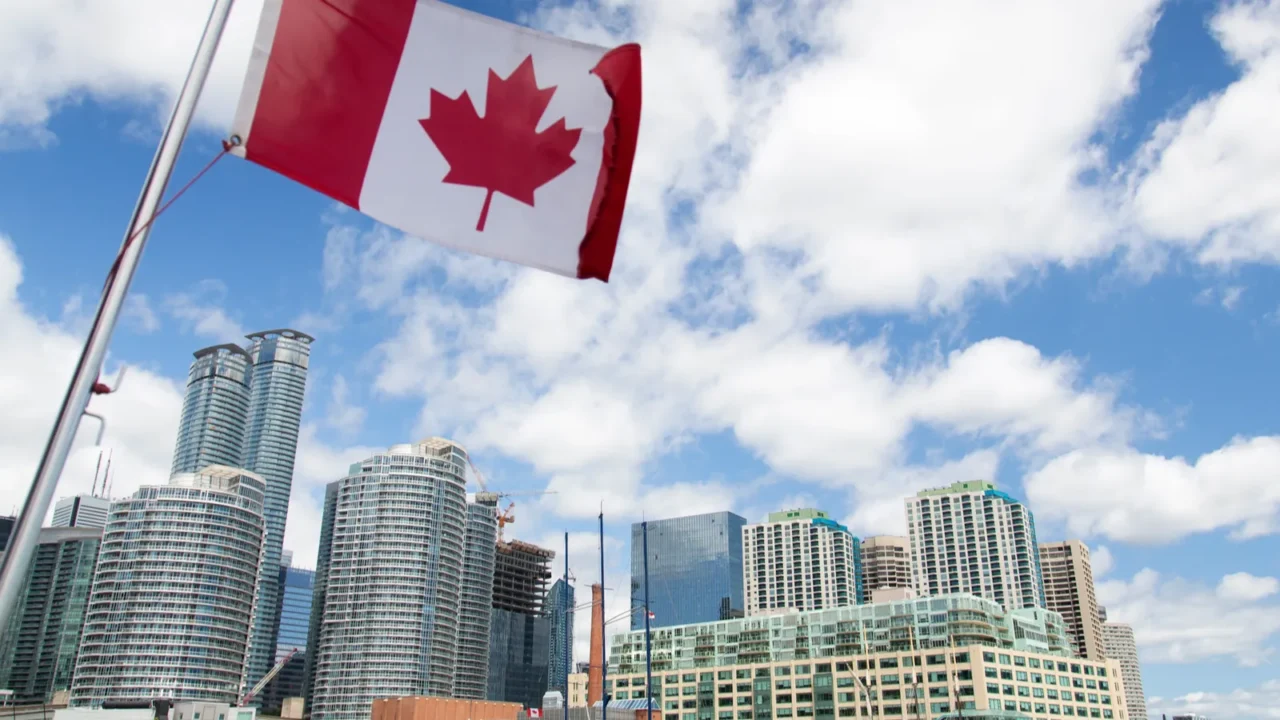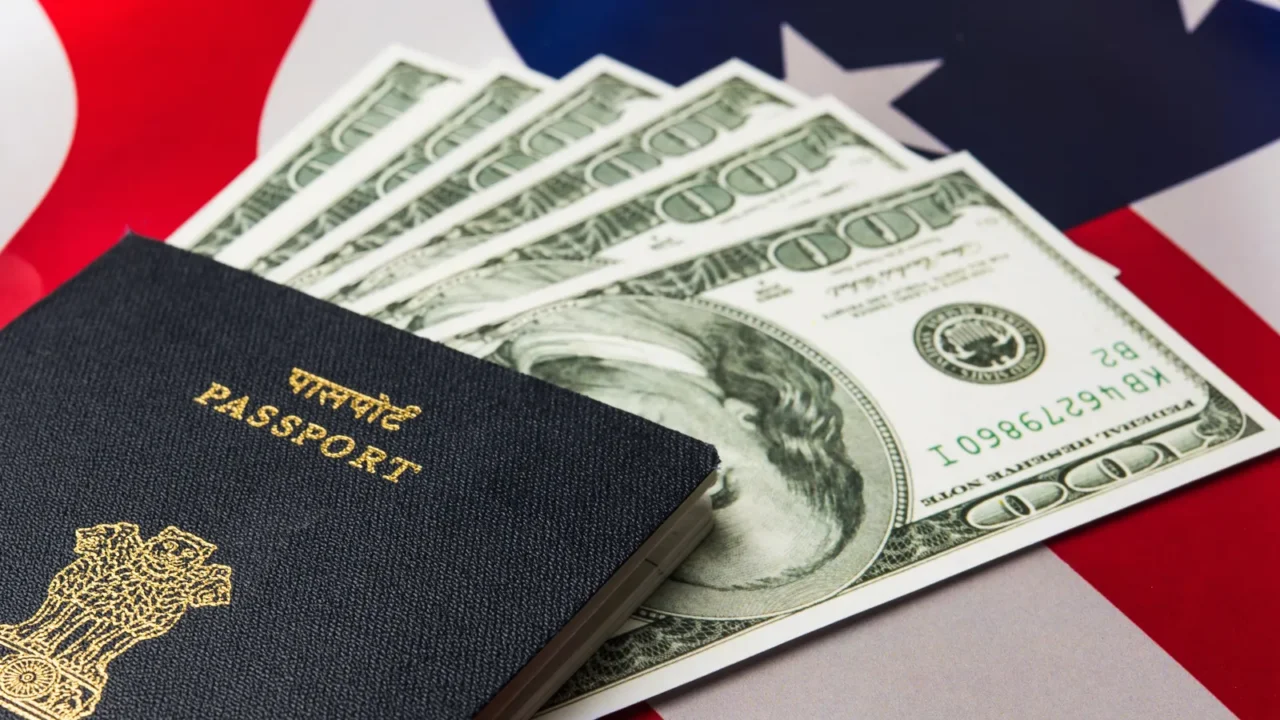
A shocking visa price tag
The U.S. has imposed a $100,000 fee for every new H-1B visa application. This is a huge jump from the previous $2,000 to $5,000 cost plus legal fees, putting immense pressure on employers. Many experts believe this sharp increase will force smaller firms to rethink hiring skilled foreign workers.
The policy officially went into effect on September 21, 2025. Legal challenges are expected, but until resolved, companies must navigate the steep new costs. Even tech giants, though more financially stable, will feel the strain of scaling their sponsorship programs.

Why this change matters
The H-1B visa has long been a gateway for highly skilled foreign workers, especially in the technology sector. U.S. firms have relied on it to fill critical positions in engineering, healthcare, and research. Limiting access now threatens the ability of companies to keep up with innovation demands.
Foreign students who graduate from U.S. universities often use H-1B visas to stay and work. With the new fees, many may look abroad instead of settling in the U.S. This could cause a significant brain drain in sectors that rely on international expertise.

Smaller companies hit hardest
Startups and mid-sized companies are the most vulnerable under the new fee structure. For them, $100,000 per hire is simply not affordable and could crush their growth potential. This creates a market imbalance where only the wealthiest corporations can compete for top talent.
Industry observers warn that this may slow innovation, as small businesses often drive fresh ideas. Startups may also be pushed to offshore jobs to countries with friendlier visa rules. That shift could reduce the diversity and competitiveness of the U.S. workforce.

Canada steps into the spotlight
With the U.S. making visas costly and restrictive, Canada is looking more appealing. The country has actively courted skilled workers, particularly in technology and research. Canadian officials see this as a chance to attract global talent that might otherwise have chosen the U.S.
Canada already has simplified pathways for skilled immigrants. Recent years have shown a steady rise in applications from professionals seeking stability and opportunity. This shift could accelerate further as U.S. policies close doors.

Tech sector draws attention
Canada’s booming tech industry could be the biggest winner. Cities like Toronto, Vancouver, and Montreal have strong ecosystems for startups and AI research. Many believe these hubs will see a surge of talent relocating from the U.S. to continue their careers.
Canadian officials often highlight their AI and research strengths to position the country as a top choice. With time zone advantages and cultural similarities, Canada provides a smooth transition for workers moving from the U.S. market.

Canada’s own challenges
Canada’s immigration system, however, is not perfect. Processing delays and complex requirements can frustrate applicants and employers. Experts warn that without streamlining, Canada could miss out on some of the talent now considering a move.
Employers may also need to invest more in recruitment and training to fully benefit. Scaling these efforts requires government support to ensure that Canada remains a viable alternative. Without these improvements, competitors like Germany or the UK may gain ground instead.

Broader global impact
The U.S. shift reflects a wider global trend toward protectionist immigration policies. Countries like Germany and the UK are actively positioning themselves to attract displaced workers. This competition for talent is reshaping how nations approach immigration.
If Canada strengthens its systems, it could establish itself as a global magnet for skilled professionals. But failure to adapt could allow other nations to take the lead. This makes the current moment critical for shaping long-term strategies.

A blow to innovation
H-1B visas have historically fueled U.S. innovation. From Silicon Valley startups to Fortune 500 companies, international workers have played key roles in growth. Cutting back on this talent pool risks slowing progress in industries like tech, biotech, and healthcare.
A shortage of highly skilled workers may drive companies to relocate operations abroad. This would mean fewer jobs created domestically, undercutting the policy’s intent of protecting American workers. Economists warn the long-term economic toll could outweigh any short-term gains.

Students left in limbo
International students at U.S. universities often see the H-1B as their next step. Many invest years of study in hopes of contributing to the U.S. economy after graduation. The proposed fees, however, may make this pathway less realistic for many.
This may lead future students to choose universities in Canada or Europe instead. Universities in the U.S. could feel the loss of global enrollment if talented students view the U.S. as an unstable option. That shift could weaken America’s academic edge.
Companies seek workarounds
Some U.S. companies may respond by opening offices abroad. Canada, India, and parts of Europe could see new hubs emerge as alternatives. This trend allows firms to keep talent without absorbing the heavy costs of U.S. sponsorship.
Large firms with global networks will adapt more easily, but smaller ones may struggle. Relocating operations requires resources that not every employer has, which may deepen inequality in business opportunities. Still, for many, moving abroad may be the only viable choice.

Canada’s proven demand
Canada has already tested the waters with special programs for H-1B holders. In 2023, a work permit pathway for U.S.-based visa holders filled all 10,000 spots in just one day. This showed just how eager workers are for a Canadian alternative.
Some of those applicants did move north, though many faced challenges with permanent residency. Still, the strong response suggests that if Canada offers more options, the demand will be there. This positions Canada well to attract even larger waves of talent now.

Business voices speak out
U.S. business leaders are voicing concerns about the $100,000 fee. For many, this represents a dangerous barrier to maintaining a skilled workforce. Some warn that innovation, especially in fast-moving industries, will slow dramatically.
Nonprofit leaders also stress the impact beyond tech. Education and healthcare organizations rely on foreign expertise, too. Without affordable visas, these sectors may face critical staffing shortages in the years ahead.

Evidence from the past
History shows that restrictive visa policies push talent elsewhere. A 2004 cap reduction on H-1B visas led U.S. firms to shift hiring to Canada and other countries. Research found that those same skilled workers were hired abroad rather than in the U.S.
This precedent suggests the same may happen now. Employers with global reach are unlikely to abandon their hiring needs. Instead, they’ll place jobs where visas are accessible and costs are manageable.

Canada not without limits
While Canada is well-positioned to gain, its system has limits. Wages tend to be lower than in the U.S., which may discourage some workers from moving. Political debates also continue about scaling back immigration levels.
Experts caution against assuming Canada will absorb all displaced talent. Instead, Canada will need to balance attracting new workers with supporting its local job market. That balance will be key to sustaining long-term growth.

Broader U.S. fallout
The visa changes won’t only affect foreign workers. They could also disrupt American industries that depend heavily on international talent. From software development to scientific research, the absence of these workers will be felt.
Smaller U.S. towns with tech startups could be hit hardest. These communities may struggle to grow if they can’t attract skilled staff. The ripple effects could be widespread, affecting both jobs and local economies. Click to read how Trump’s 2025 travel bans could mean for you.

Political motives behind policy
Supporters of the $100,000 fee argue it protects American jobs. They claim companies have long abused the system to underpay foreign staff. By raising costs, they believe firms will be forced to hire locally.
Critics counter that this logic is flawed. High-skilled visa holders often fill roles that U.S. workers cannot. Without them, innovation and competitiveness suffer, which ultimately weakens the overall job market. Tap here to see how America’s tourism stumble is adding fuel to the frustration.
Will Canada cash in on America’s visa blunder, or is this opportunity slipping north? Let us know what you think.
Read More From This Brand:
- The U.S. border Canadians say to avoid on trips to see a loved one
- Planning a New England foliage trip? This Vermont town stands out as truly unique
- Add these 10 epic European monuments to your bucket list
Don’t forget to follow us for more exclusive content right here on MSN.
This slideshow was made with AI assistance and human editing.